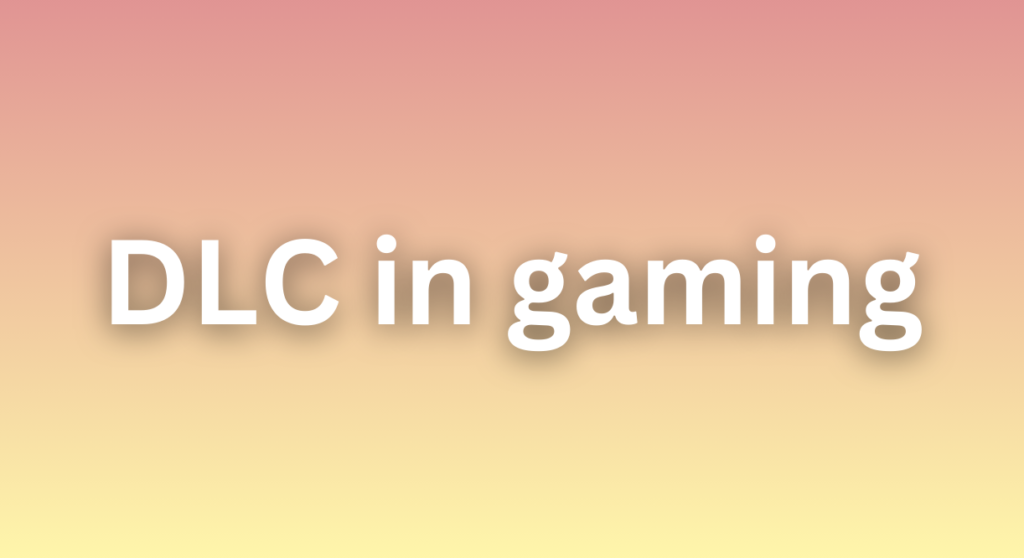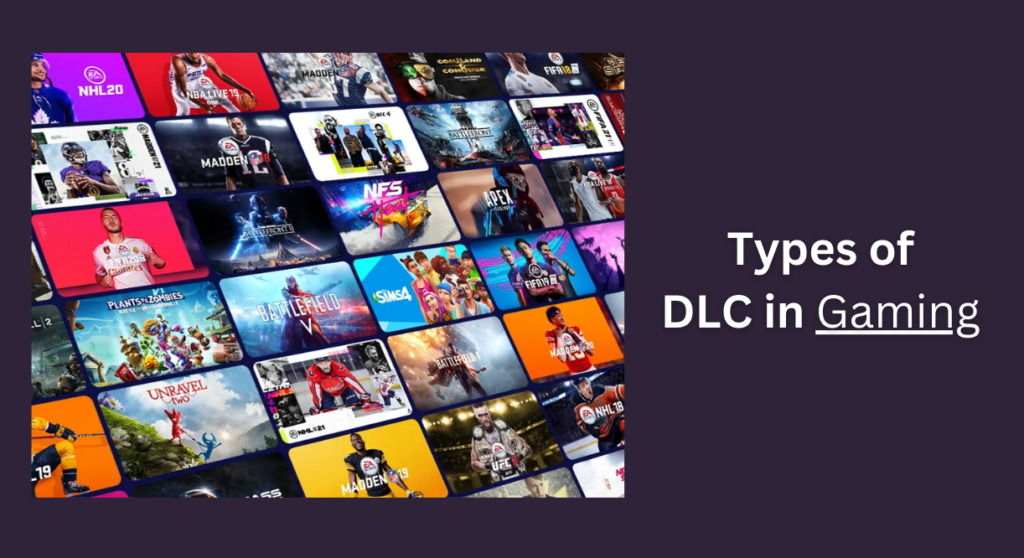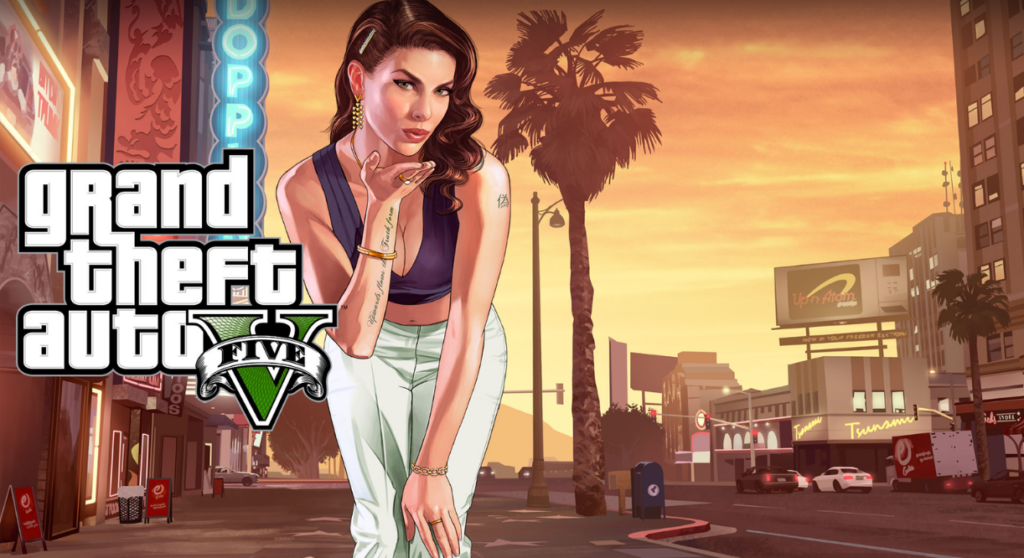What is DLC in Gaming? The Ultimate Guide to Downloadable Content That Transforms Your Gaming Experience
The Ultimate Guide to DLC
Table of Contents
Introduction to DLC in Gaming
DLC in gaming, or downloadable content, has become a significant aspect of the modern gaming landscape. It refers to additional digital content that can be downloaded and added to a video game after its initial release. This content can range from minor cosmetic changes to substantial expansions that add new storylines, characters, and game modes. The rise of DLC in gaming has transformed how players interact with their favorite titles, extending the gaming experience and offering new ways to enjoy the same game.
Initially, DLC was seen as a way for game developers to enhance their products and keep players engaged. However, it has since evolved into a complex and sometimes controversial component of the gaming industry. This blog will dive deep into the world of DLC, exploring its history, types, benefits, drawbacks, and future trends.

The Origins and Evolution of DLC
The concept of downloadable content dates back to the early days of gaming, but it wasn’t until the advent of the internet that DLC truly began to take shape. In the early 1980s, services like the GameLine allowed users to download full games via telephone lines. This service was ahead of its time, but it laid the groundwork for what would later become the DLC in gaming phenomenon.
By the 1990s, companies like Sega were experimenting with game expansions via platforms like the Sega Channel, which allowed gamers to download new games and content to their Sega Genesis consoles. However, the concept of downloadable content as we know it today began to solidify in the late 1990s and early 2000s with the rise of internet connectivity.
The turning point for DLC came with the launch of consoles like the Sega Dreamcast, Xbox, and PlayStation 2, which had online capabilities. This allowed game developers to offer players new digital content without the need for physical media. Titles like Total Annihilation introduced the idea of releasing regular updates and new content, which helped to normalize the practice of offering downloadable content to enhance the gaming experience.
As broadband internet became more common, DLC became more sophisticated and accessible. Platforms like Xbox Live and PlayStation Network revolutionized how game developers could deliver additional digital content to players, setting the stage for the expansive DLC ecosystems we see today.
Types of DLC in Gaming
DLC in gaming comes in many forms, each offering unique enhancements to the base game. Below are some of the most common types of downloadable content that players encounter:
- Expansion Packs: These are large updates that often add significant content, such as new storylines, game modes, maps, and characters. Expansion packs can fundamentally alter the gaming experience, providing hours of new gameplay.
- Cosmetic Items: Cosmetic DLC includes skins, outfits, emotes, and other visual customizations that allow players to personalize their characters. While these items don’t impact gameplay, they offer a way for players to express themselves within the game world.
- New Characters and Weapons: Adding new playable characters, weapons, or equipment can provide fresh gameplay opportunities. This type of digital content can be especially popular in fighting games, shooters, and RPGs.
- Map Packs: These DLCs add new levels or environments to explore, which can be particularly appealing for games with multiplayer modes. New maps keep the game feeling fresh and engaging.
- Season Passes: A season pass bundles multiple future DLC releases at a discounted rate, often including early access to the content. This approach allows players to invest in upcoming content, supporting the game developers while enjoying savings.
- Bonus Content: This can include extras like soundtracks, behind-the-scenes videos, concept art, and other digital goodies that enrich the gaming experience.
- Game Modes: DLC can introduce new ways to play, such as adding cooperative or competitive modes to a game that previously lacked them. This type of downloadable content can significantly enhance replayability.

When Did DLC Take Off? A Historical Overview
The rise of DLC in gaming can be traced back to the late 1990s and early 2000s, a period marked by the growing popularity of online gaming. The increased connectivity allowed game developers to experiment with distributing content digitally, leading to the creation of some of the first true DLCs.
In 1997, the game Total Annihilation became a pioneer by offering free monthly downloadable content, including new units and missions. This approach set a precedent for future games, demonstrating the value of keeping players engaged with ongoing updates.
As internet speeds improved, the console market began to embrace DLC more fully. The Sega Dreamcast, released in 1999, was one of the first consoles with built-in internet support, allowing players to download extra content. However, it was the launch of Xbox Live in 2002 that truly revolutionized the DLC market. Microsoft’s platform provided a unified, easy-to-use marketplace where gamers could purchase and download additional content directly to their consoles.
The late 2000s saw the rise of microtransactions and the normalization of paid DLC, driven by the success of games like The Elder Scrolls IV: Oblivion and Call of Duty. These games demonstrated that players were willing to pay for extra content that expanded their favorite titles, paving the way for the widespread adoption of DLC in modern gaming.
Examples of Popular DLC in Gaming
Many games have utilized DLC to enhance and extend their lifespans. Here are some notable examples of DLC in gaming that have made a significant impact:
- The Witcher 3: Wild Hunt – Blood and Wine: This expansion pack added over 20 hours of gameplay, a new region to explore, and a rich storyline that rivaled the main game. It showcased how DLC could offer substantial content that feels like a true extension of the original game.
- Fortnite: Known for its constant stream of new cosmetic items, events, and battle passes, Fortnite’s approach to DLC has kept players engaged and invested in the game for years. The game’s success demonstrates the power of cosmetic DLC to drive engagement without altering gameplay balance.
- The Elder Scrolls V: Skyrim – Dawnguard, Hearthfire, and Dragonborn: These DLCs expanded Skyrim’s world with new quests, abilities, and even the option to build and customize homes, significantly enhancing the player’s gaming experience.
- Grand Theft Auto V – Online Heists: GTA V’s online heists added complex, cooperative missions that gave players new challenges and ways to interact with friends. This DLC kept the game relevant years after its release.

- Destiny 2 – Forsaken: Forsaken revamped Destiny 2’s core gameplay mechanics and added a wealth of content, including new areas, a raid, and significant story developments. This DLC exemplified how game developers could use expansions to address player feedback and rejuvenate interest in a title.
The Pros and Cons of DLC
DLC in gaming has transformed the industry, but it comes with both benefits and drawbacks. Understanding these pros and cons can help players make informed decisions about their purchases.
Pros:
- Extended Gameplay: DLC can significantly extend a game’s lifespan by adding new content, keeping players engaged long after the initial release.
- Variety and Freshness: Downloadable content introduces new characters, challenges, and features, keeping the gameplay dynamic and preventing it from becoming stale.
- Support for Developers: Purchasing DLC provides additional revenue for game developers, helping them continue to support and improve their games post-launch.
- Community Engagement: DLC keeps the player base engaged, fostering a community around the game through ongoing updates and new releases.
- Cost-Effective Game Development: For developers, releasing content post-launch allows for ongoing development and iteration based on player feedback.
Cons:
- Additional Costs: Some DLCs are expensive, sometimes costing nearly as much as the base game, which can be frustrating for players who feel they are paying for content that should have been included from the start.
- Fragmented Player Base: In multiplayer games, not everyone may purchase the same DLC, leading to a divided community where some players have access to content others do not.
- Incomplete Base Games: There is criticism that some game developers withhold content to sell later as DLC, leading to games that feel incomplete at launch.
- Pay-to-Win Scenarios: In some cases, DLC can provide players with advantages that disrupt gameplay balance, especially in competitive multiplayer games.
- Storage and Performance Issues: Large DLCs can take up significant storage space and sometimes introduce performance issues or bugs.
How DLC Impacts the Gaming Experience
DLC profoundly impacts the gaming experience by providing new ways for players to interact with their favorite games. For many players, the addition of new characters, levels, and modes keeps the game fresh and enjoyable. Downloadable content can also address issues present in the original game, such as bugs or balancing problems, making the overall experience more polished and engaging.
However, the impact is not always positive. When handled poorly, DLC can create frustration among players who feel they are being nickeled and dimed for content that should have been included in the base game. Additionally, reliance on DLC can sometimes shift focus away from the initial quality of the game, leading to titles that are released in an unfinished state.
Overall, DLC’s impact on the gaming experience is highly dependent on how it is implemented by game developers. When done well, it can enhance and extend the enjoyment of a game; when done poorly, it can detract from the overall experience.
What Parents Should Know About DLC
As DLC in gaming has grown in popularity, it’s important for parents to understand how it works and how it can affect their children. Many games, especially free-to-play titles, rely heavily on downloadable content to generate revenue. This often includes microtransactions, where players can purchase cosmetic items, power-ups, or access to new content.

Parents should be aware of the following:
- In-App Purchases: Many games offer in-app purchases for DLC, which can quickly add up if not monitored. Setting up parental controls and discussing responsible spending with children is crucial.
- Subscription Services: Some games offer subscription models that provide ongoing access to new DLC. These can be cost-effective but require a clear understanding of what is being paid for.
- Age-Appropriate Content: DLC can sometimes introduce more mature content into a game, so it’s important to check the ratings and reviews of downloadable content before allowing children to access it.
Is DLC Safe for Gamers?
Generally, DLC from reputable sources like PlayStation Network, Xbox Live, and Steam is safe. However, players should be cautious of unofficial DLC or mods from unverified sources, as these can contain malware or disrupt the game’s performance.
To ensure the safety of downloadable content:
- Stick to Official Platforms: Always purchase DLC from trusted platforms and avoid third-party websites.
- Update Regularly: Ensure that the game and any DLC are kept up to date with the latest patches and security updates.
- Be Wary of Mods: While mods can be a fun way to enhance the gaming experience, they are not always safe. Always research and read reviews before downloading.
The Role of Game Developers in DLC Creation
Game developers play a crucial role in the creation and implementation of DLC. For many studios, DLC is a way to continue supporting a game after its release, addressing player feedback, adding new features, and fixing bugs. It also provides a steady revenue stream, which can be reinvested into future projects or further support for the current game.

However, the approach to DLC varies widely among developers. Some prioritize meaningful content that adds value to the gaming experience, while others focus on cosmetic items or microtransactions as their primary DLC strategy. Successful DLC requires a careful balance between monetization and player satisfaction, ensuring that downloadable content feels like a worthwhile investment rather than an obligatory expense.
The Future of DLC in Gaming
The future of DLC in gaming looks promising, with evolving trends that continue to shape the way players interact with their favorite titles. Subscription models, such as Xbox Game Pass and PlayStation Plus, are becoming more popular, offering players access to a wide range of games and DLC for a monthly fee.
Emerging technologies like cloud gaming and virtual reality may also impact how downloadable content is created and consumed, potentially allowing for even more immersive and expansive DLC experiences. Additionally, the rise of player-driven content and modding communities may influence how game developers approach the creation of official DLC, blending professional and community efforts.
As gaming continues to grow and evolve, DLC will remain a vital component, offering players new ways to enjoy their games and developers new opportunities to engage with their audience.
Learn about Why You Should Not Miss This Most Anticipated PS5 and Upcoming Games of 2025: A Gamer’s Biggest Dream Lineup
















Pingback: Game Development Explained
ThomasFup
https://www.webwiki.it/roscar.pt
Kennethcon
https://ameblo.jp/tiranalibrecarcom/entry-12910975390.html
avenue17
It is the valuable answer
Scottcix
http://suplementar.prg.ufpb.br/index.php?qa=4122&qa_1=eiffel-tower-tickets-online
Robertviaks
индивидуалки воронеж частные объявления
vorbelutrioperbir
I want to show my thanks to you just for rescuing me from this particular scenario. After checking throughout the world wide web and getting thoughts that were not beneficial, I thought my entire life was over. Living devoid of the answers to the difficulties you have sorted out by way of this short post is a crucial case, as well as the ones which may have negatively damaged my career if I had not come across your site. Your primary ability and kindness in touching every item was valuable. I don’t know what I would’ve done if I hadn’t encountered such a solution like this. I’m able to now look forward to my future. Thank you so much for this impressive and effective help. I won’t think twice to refer the blog to anybody who requires assistance on this problem.